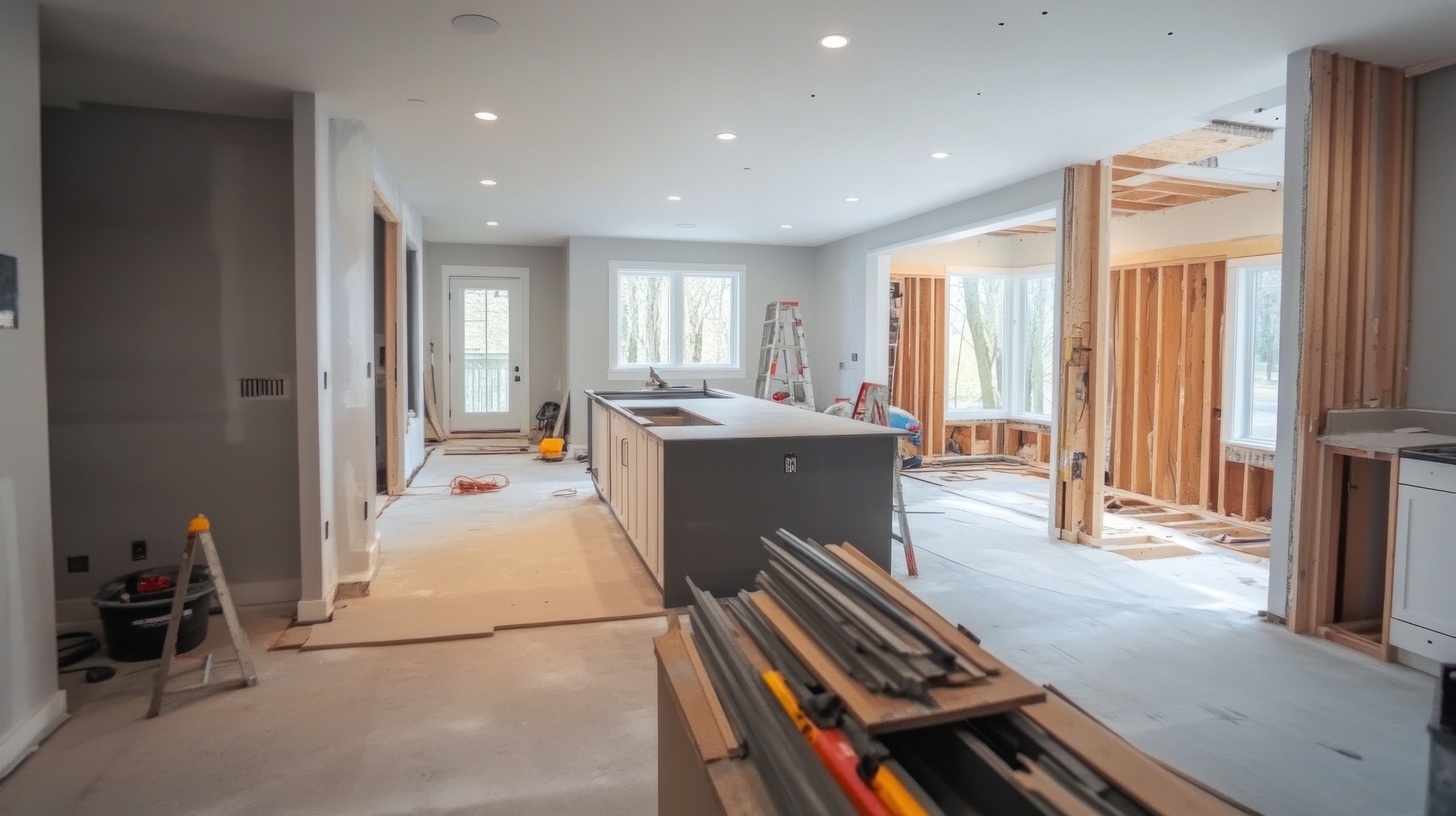Building on your own land gives you maximum creative freedom and lets you personalize your new home. Without the limitations of an existing neighborhood, you have complete freedom to customize your new home to your family’s specifications. There are, however, added costs and preparations involved in developing raw land. The good folk over at Jamestown Estate Homes say that before deciding to build on your land, weigh the major advantages against drawbacks carefully.
Benefits of Constructing on Your Own Lot
Complete Creative Control
Building on previously undeveloped land means nearly endless design possibilities. Without neighbors or homeowner association rules to limit house size, height, color schemes, or placement, you can construct exactly what works best for your lifestyle. You can craft a sprawling single-story ranch or towering modern masterpiece; it’s all up to you.
You also have complete control over how the home functions through the floor plan and which sustainable features to incorporate, like solar power, rainwater collection systems, or geothermal heat pumps. Since you don’t have to work within anyone else’s vision for the area, customizing to your family’s desires is a much simpler process.
Cost Savings Overall
Though preparing raw land is an added upfront expense, the long-term savings make building on your own lot smart financially. First, you skip paying a premium that builders charge when purchasing one of their ready-to-go lots. This avoids an instant 5-15% price hike for your project.
You will also spend less by constructing new rather than purchasing an equally sized existing home, which would run 20-30% higher in desirable areas. Custom building allows you to pick high quality yet cost-effective materials and use energy/water saving features, and your home will retain its resale value better later on by matching what future owners want.
Downsides to Evaluate
Prep Work Required
Before constructing anything, raw land needs clearing, grading, soil testing, bringing in utilities, etc. This site development work must happen whether you DIY or hire an excavation crew. You also need to ensure the land is zoned for residential building.
Such prep work costs several thousand dollars, typically. Also factor in extended timelines before actual homebuilding starts. But a general contractor can help streamline the tasks so that they’re less daunting.
Permitting Can Drag On
Building departments tend to scrutinize plans more heavily in previously undeveloped areas. This translates to longer windows for approvals. Lots of back-and-forth communication may transpire to modify proposals to officials’ liking.
Streamlining permitting goes smoother with an architect familiar with relevant codes and underwriters and be ready to shell out more for specialized services. Just account for possible delays as a buffer when establishing timelines.
New Infrastructure Needs Financing
Running utility lines, paving driveways from the main road, installing wells/septic if there is no existing municipal water and sewer access; these infrastructure elements contribute to making raw land livable but aren’t cheap. The expenses stack up fast.
Thankfully, lenders offer land acquisition and construction loans that roll expenses into a single mortgage. Government rural housing programs also help offset initial infrastructure costs. See what financing help get infrastructure established affordably.
Conclusions
Building a home on land you already own or purchase separately holds exciting possibilities. With no predetermined building codes or homeowners association rules, you can create a completely customized dwelling from the ground up when you build on your land. Just ensure you thoroughly evaluate the extended timelines, permit procedures, prep work, and infrastructure installation demands which raw land development entails before breaking ground. Accounting for all aspects from the get-go makes the process flow smoothly towards crafting your dream home.








